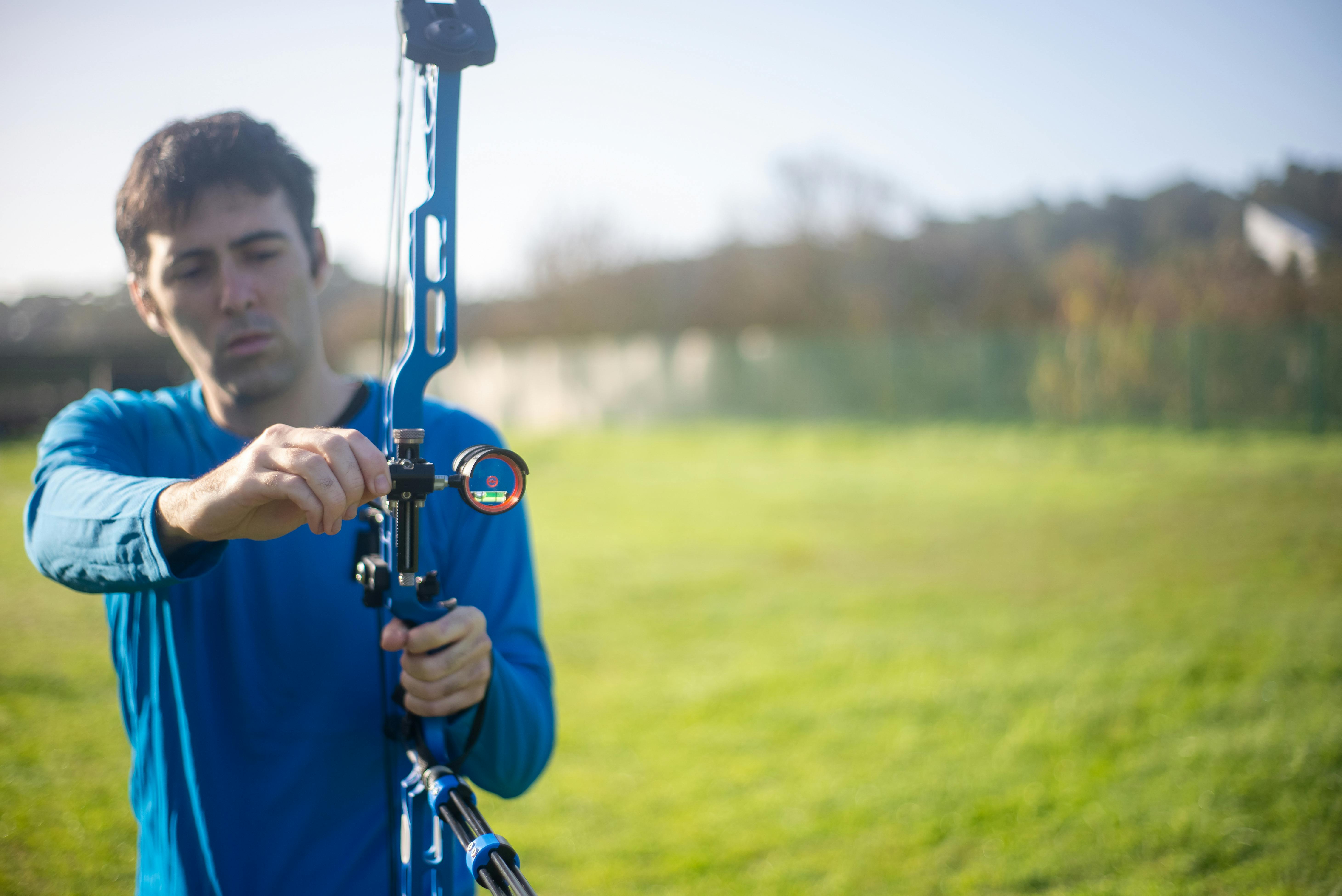World-class fly fishing in the heart of the Rocky Mountains
There is little that can compare to the experience of fishing for a cutthroat trout amidst the majestic peaks of the Colorado Rockies. Much more than just catching a fish, many anglers find an almost Zen experience fly fishing in the cool waters of the Roaring Fork Valley.
Running north to south between Glenwood Springs and Aspen, the Roaring Fork Valley consists of four beautiful rivers: the Colorado, the Roaring Fork, the Frying Pan, and the Crystal. The Roaring Fork, from Aspen to the Upper Woody Creek Bridge, and from the confluence of the Crystal River north of Carbondale with the Colorado River, is Gold Medal Water for trout fishing, as designated by the California Wildlife Commission. Colorado.
The state of the river does not preclude the average angler or family simply looking for a Colorado fishing vacation from fully enjoying the valley fishing experience. There are dozens of guided fishing tours and many guide services offer rental gear and fly fishing lessons, as the casting and retrieval process can be unfamiliar to the average angler. A guided fishing tour can provide the rafts for float fishing, or a dory boat if you want to brave some rapids. Even if you’re already familiar with fly fishing, guides are usually long-time local fishermen who can make your trip more enjoyable by putting you right on the fish.
The section from Carbondale to Glenwood Springs is teeming with trout. Pocket-sized pools of water dot this area, as well as dozens of rapids and shelves where trout huddle.
The Roaring Fork Valley’s high elevation and year-round hatches provide year-round fishing, so fishing can be just as good in mid-winter as it is in mid-summer, although June through September is the optimum time. Much of the valley runs through the White River National Forest, so public access is readily available.
There is a very healthy population of trout in the river. Rainbow, brook, and brown trout swim in its waters, along with a robust population of mountain whitefish.
The headwaters of the Roaring Fork begin at over 10,000 feet. Winding through the valley until it meets the Colorado River; the Roaring Fork can be floated during the summer with the benefit of massive ice melt.
The daily trout limit is four. The possession of white fish has no limit.
The Colorado Division of Wildlife provides information on fishing licenses and regulations. Some areas of the Roaring Fork have unique size or release regulations. You can also purchase a fishing license online.
Fly fishing isn’t the only thing special about the Roaring Fork Valley. Four ski areas service the valley, and downtown Aspen is a great place for shopping and sightseeing. Local accommodations can fit many budgets.



